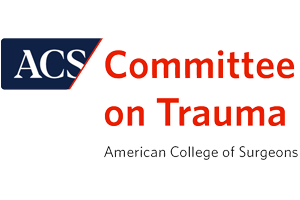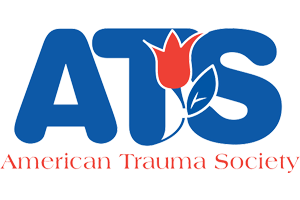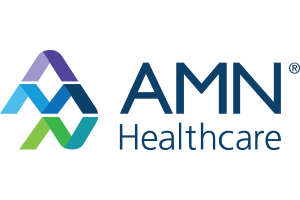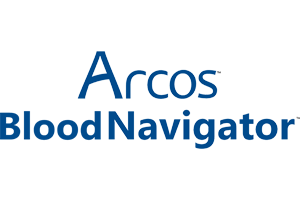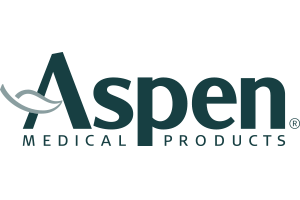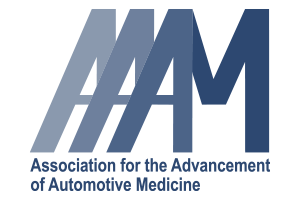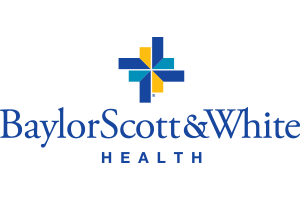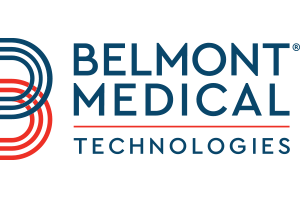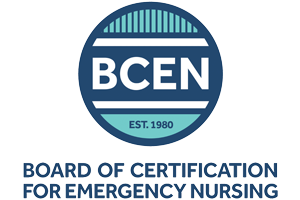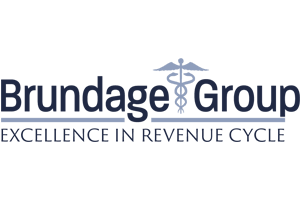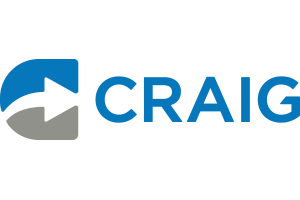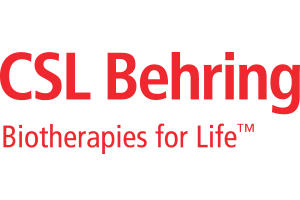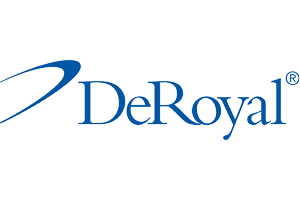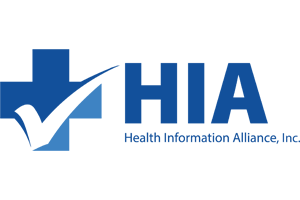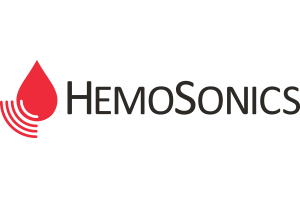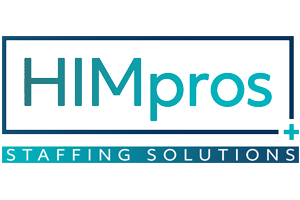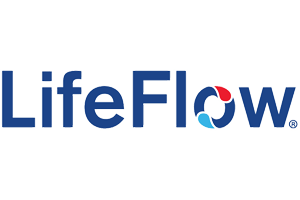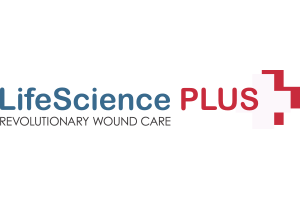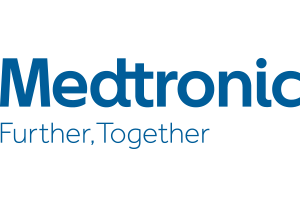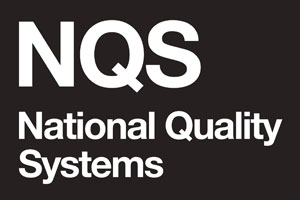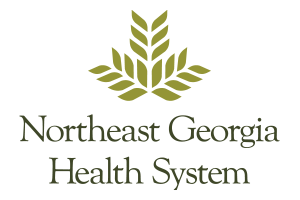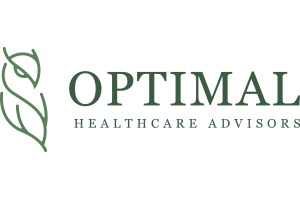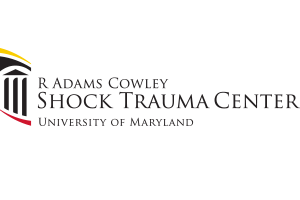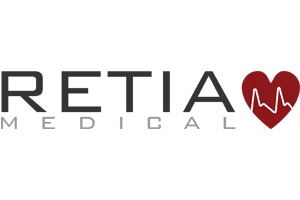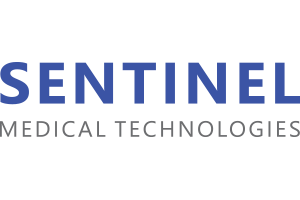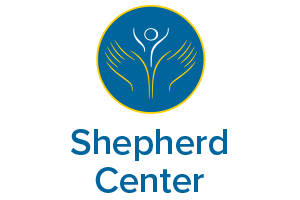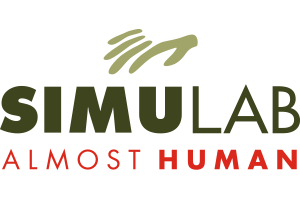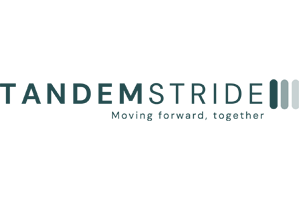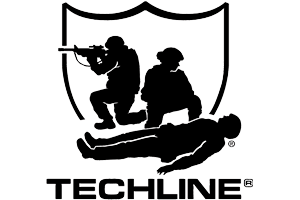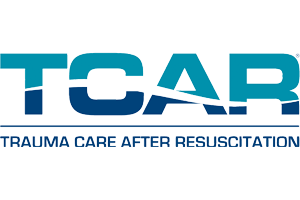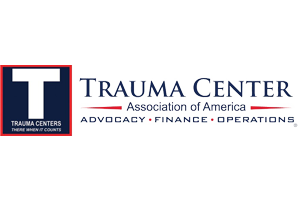TraumaCon 2024 — Conference Agenda

|
TUESDAY, APRIL 9, 2024 |
|
|---|---|
|
08:00 AM - 04:00 PM |
STN Board Meeting |
|
WEDNESDAY, APRIL 10, 2024 |
|
|---|---|
|
09:00 AM - 06:30 PM |
Registration Open |
|
12:30 PM - 04:45 PM |
Geriatric hip fractures (GHF) are a common injury with substantial morbidity and mortality. There are risk factors associated with GHF and some are preventable. This interactive session will discuss how GHF care is different across the globe. Practice guidelines and prevention programs from various countries will be reviewed and discussed. Participants will be discussing and determining why some initiatives are successful as the group tries to develop a more universal practice guideline. Learning Objectives:
Speakers: René C Ackermann, RN, fANSA; Cindy Blank-Reid, BSN, MSN; Cristiane De Alencar Domingues, PhD, MSN, BSN, RN; Knut Kolstadbraaten, MSN, MHA, CRNA, BSN, RN; Krongdai Unhasuta, PhD, MSN, BSN During this 4-hour session, subject matter experts will share their successes (and failures) in the areas of efficiency for data processes, useful math for various rates, clinical practice management guidelines monitoring, and the culture of safety. Case scenarios will be utilized to drill down on critical concepts. Learning Objectives:
Speakers: Jes Cofran, MSN, RN; Robbie Dumond, MHA, BSN, TCRN, AEMT; Kathleen D. Martin, MSN, RN; Heather Sieracki, MSN, RN, NEA-BC |
|
05:00 PM - 07:00 PM |
STN/Reception - Grand Opening of Exhibit Hall |
|
THURSDAY, APRIL 11, 2024 |
|
|---|---|
|
06:30 AM - 06:30 PM |
Registration Open |
|
07:00 AM - 07:50 AM |
STN Annual Member Meeting Speaker: Linda Reinhart, MSN, RN, CNS, CCRN, TCRN |
|
08:00 AM - 08:45 AM |
President's Address Speaker: LeAnne Young, MSN, RN, TCRN |
|
08:45 AM - 09:45 AM |
Emergency Preparedness - Structure to the Chaos This presentation will provide an overview as to what it is like to have an Emergency Management program within a large healthcare organization in one of the busiest and most visited places in the United States. The presenter will discuss requirements, collaboration, and planning for not just today but for the threats of tomorrow. Through lessons learned we can build towards a resilient tomorrow. Speaker: Eric Alberts, Director of Emergency Preparedness |
|
09:45 AM - 10:00 AM |
Break |
|
10:00 AM - 11:00 AM |
Nurses are the hardest working professionals in healthcare. Communication and personal connection are essential for nurses to work effectively and be professionally satisfied. With nurses as the focal point, rounding facilitates communication among all team members, the patient and the family. But HOW we round matters. This presentation will discuss the ways in which rounding can improve patient care, nursing workflow and nurse satisfaction. Speaker: Andrew Bernard, MD, FACS |
|
11:05 AM - 12:05 PM |
Injury survivors face a myriad of biopsychosocial and financial challenges in the weeks and months after hospital discharge. These challenges negatively impact their physical and psychological recovery crating an urgent need for the development and implementation of programs focused on improving the long term outcomes. In this presentation, you will learn about the variability that exists in the recovery experience following injury and how a level 1 trauma center can implement a collaborative care intervention aimed at improving long-term outcomes for injury survivors. Speaker: Ben Zarzaur Jr. MD, MPH, FACS |
|
12:00 PM - 02:00 PM |
Exhibit Hall Open |
|
12:05 PM - 02:00 PM |
Lunch in the Exhibit Hall |
|
01:45 PM - 02:00 PM |
Exhibit Hall Prize Drawing |
|
02:00 PM - 02:45 PM |
How Do I Stop This Guy from Bleeding to Death: Hemorrhagic Shock and Resuscitation Comprehensive review of the diagnosis and management of hemorrhagic shock including signs and symptoms associated with amount of blood loss, common traumatic etiologies, stop the bleed techniques, use of tranexamic acid (TXA), use of four-factor prothrombin complex (4-PCC), and use of fresh frozen plasma (FFP). Learning Objectives:
Speaker: Darrell Hunt, MD, PhD, FACS; |
|
02:50 PM - 03:35 PM |
Advancing Diversity, Equity, and Inclusion in Trauma Nursing: Strategies for Impactful Practice This session will focus on understanding implicit bias in healthcare, cultural humility in trauma care, importance of diversity in trauma nursing workforce. Speaker: Maureen Bell, MD, FACEP |
|
03:35 PM - 04:35 PM |
ACS Panel: Lessons Learned in the Rollout of 2022 Standards This presentation will highlight challenges identified in the rollout of new VRC standards. Provide guidance to centers on meeting standards and achieving the highest quality of care. And highlight some potential directions the ACS is considering for new standards. Moderator: Linda Reinhart, MSN, RN, CNS, CCRN, TCRN Speaker: Avery Nathens, MD, PhD, MPH, FACS, FRCSC; Sarah Hokenmaier |
|
04:35 PM - 05:00 PM |
Day One Closing Speaker: Carrie Chismarich, MA, BSN, RN, TNS, TCRN |
|
05:00 PM - 07:00 PM |
Poster Judging & Participant Viewing |
|
FRIDAY, APRIL 12, 2024 |
|
|---|---|
|
06:30 AM - 10:15 AM |
Registration Open |
|
07:00 AM - 08:00 AM |
Oral Abstract Breakfast: Evidenced Based Practice |
|
|
Advancing Initial Trauma Competency Beyond the Emergency Department Trauma program metrics highlighted the necessity of trauma-specific training for newly hired nurses in the Surgery/Trauma Progressive Care unit. Existing formal training courses including TNCC and TCAR are not intended for new graduate nurses (Haley et al., 2017). A specialized course was created to address a training gap for new graduate inpatient nurses. The course provided an overview of the components of a Level 1 Trauma Center. It spanned the continuum of care, covering common injuries, treatments, and emphasizing complication prevention/recognition. A combination of activities and case studies enhanced communication skills, enabling nurses to collaborate with the interprofessional team and effectively escalate concerns. Learning Objectives:
Speaker: Heidi Marlin, MSN, APRN, ACNS-AG, CCRN, TCRN This session will delve into the challenges faced by our level one trauma center in providing timely care to an underserved urban population due to operating at full capacity. Our project aims to reduce length of stay by enhancing interdisciplinary communication, focusing on goal-centric rounds to identify discharge barriers in real-time. By leveraging evidence-based practices and adopting a collaborative approach, we anticipate a decrease in length of stay and an increase in discharge by noon, ultimately enabling us to better meet the emergent trauma needs of our patients and community. Join us as we unfold the impact of our innovative initiative. Learning Objectives:
Speaker: Michelle Adelstein, MSN, ACNP We gathered the voices of nurses in a quantitative survey to understand firsthand their experiences and concerns during Covid, with an aim to return these data to our local hospital administration. We have since met with the Critical Care Nurse Director, Chief Nursing Officer, and Magnet Program Director as well as other key stakeholders to review local concerns and national data. We plan to continue this dialogue to identify where modifiable opportunities exist to promote nurse retention. Learning Objectives: As a result of this presentation, learners will be able to describe how hospital administrators can best show nurses that they are valued according to our quantitative data results. Learners will also be able to recognize what factors during Covid led to feelings of burnout and/or trauma-surgical nurses leaving their units. Speaker: Mary McNutt, RN, BSN, CCRN |
|
07:00 AM - 08:00 AM |
Oral Abstract Breakfast: Research |
|
|
In 2023 the Society of Trauma Nurses published a position paper entitled: The Society of Trauma Nurses (STN) Position Statement on Qualifications and Competencies for the Trauma Program Manager (TPM). As their title suggests, the STN position statement outline what qualifications an ideal TPM should possess. The purpose of our study was to identify how many TPMs fulfill the eight education recommendations set forth in the 2023 STN position statement. Learning Objectives:
Speaker: Shane Urban, BSN, RN, CCRC This study involved the analyses of prehospital patient care records where the patient was involved in a motorcycle collision in 2022. Factors looked at included if a patient acquired a head injury, injury severity, if the state where the incident occurred had existing motorcycle helmet laws, if patient was wearing a helmet, and patient demographics. Learning Objectives:
Speaker: Morgan Anderson, MPH Trauma Registry Professionals and Their Intent to Quit This session will discuss a multicenter funded research project exploring compassion fatigue in trauma registry professionals. Specifically discussed will be the results of the Intent to Quit survey demonstrating only just over half of the registry professionals surveyed intend to remain in the role for the next 12 months. Learning Objectives: Discuss the Intent to Quit survey results of trauma registry professionals in a research study exploring compassion fatigue. Identify factors associated with high rates of intent to quit or change jobs. Speaker: Jane McCormack, RN, BSN |
|
08:00 AM - 09:00 AM |
Big or Small, Safety is for All: Impactful IP for Pediatrics Are you struggling with impactful injury prevention for children and adolescents? Are you looking for where to start your injury prevention program and get the biggest “bang for your buck”? This session is for you! Come learn about new ways to create impactful injury prevention for your young patients. Tips for data collection, fostering community partnerships, developing program focus, and more will be discussed as well. Learning Objectives:
Speaker: Krista Easley, MSN, RN ,TCRN Improving Patient Outcomes with TQIP Interrater Reliability, is Your Data Real? Join our discussion as we share innovative methods for mitigating variations in TQIP data within the trauma registry and performance improvement platforms to improve the performance improvement process and patient outcomes. Optimizing practices prior to the MTDB submission will help to prevent inaccurate, unfavorable, TQIP reports. Learning Objectives:
Speakers: Kristen DiFiore MSN, RN, TCRN; Keriann Hanlon, RN, MSN, TCRN Willy Wonka and the Ketamine Factory We've all heard of Willy Wonka and the Chocolate Factory but what you didn't know is that was a cover for his ketamine factory. Come and listen to the retelling of this classic story and how ketamine can be used in a variety of settings in your clinical practice. Learn about the golden clinical trial winners and their use of ketamine. Don't worry, there is still the villainous Mr. Slugsworth who spreads rumors about the contraindications of ketamine use but that will also be discussed. Learning Objectives:
Speaker: Cindy Joseph, BSN, RN, CFRN, CPEN |
|
09:05 AM - 10:05 AM |
Chest Wall Trauma: It Takes a Village Patients with chest wall trauma experience high morbidity (48% complication rate) and mortality (22% in the geriatric population). Developing the skills to assess, intervene, and monitor these patients using a multidisciplinary approach promotes effective care to mitigate complications. Evidence-based interventions presented in this high-level session include pulmonary hygiene, multimodal pain regimens, mobility, chest tube management, and surgical rib fixation for adult and geriatric patients. Learning Objectives:
Speaker: Beth Torres, PhD, RN, CCRN, TCRN Survival of the Trauma Program: Why Succession Planning is Essential The success of any trauma program depends on the continuation of all operations regardless of outside influences. Could your program maintain “Business as usual” if your personnel are not available? Some programs can, some cannot. Succession planning and creation of redundancy in key positions are an important component of every trauma program. While this is of utmost importance, are we planning for it? Can we foresee who will or won’t be our colleague’s tomorrow, next week, or next year? Learning Objectives:
Speaker: Annemarie Glazer, BSN, MBA, TCRN, RN The Trauma Survivors Network(TSN) is a community of patients and families looking to connect with one another and rebuild their lives after a serious injury. The American Trauma Society(ATS), in partnership with trauma centers around the country, is committed to supporting and growing the TSN by providing the programs and resources patients and families need to manage their recovery and improve their lives. During this session you can learn about the TSN programs and the power of peer support. Learning Objectives:
Speaker: Katherine Joseph, MPH |
|
10:05 AM - 10:20 AM |
Break |
|
10:20 AM - 11:20 AM |
Evaluating the Pediatric Trauma Patient for Mental Health Needs Acute stress disorder and post-traumatic stress disorder are sequalae that pediatric trauma patients can experience. Children and adolescents can react differently to traumatic events that they have experienced. It’s important to screen and identify these patients at risk and provide support and resources for them during their hospitalization. The American College of Surgeons have implemented new mental health standards. Learning Objectives:
Speaker: Maria Bautista Durand, MSN, RN, FNP-C, CPNP-PC “The Other Side”: A Family Perspective of Trauma Care and Post-traumatic Effects The perspective of care through the family’s point of view can be enlightening towards the improvement of family centered care of the traumatically injured patient. Shakeva will provide her experience at the bedside as family member and discuss how this molded her into the trauma provider that she is today. She attributes her personal experience to helping her to develop an understanding of the importance of family-centered care and screening for PTSD in traumatically injured patients. Learning Objectives:
Speaker: Shakeva Swain, DNP, RN, TCRN Tick-Tock: Prehospital Intubation is Associated with Longer Field Time Without Any Survival Benefit Prioritization of acute airway compromise remains central dogma in emergency medicine and patients experiencing traumatic injury. This presentation will discuss prehospital intubation compared to patients intubated within ten minutes of ED arrival. Learning Objectives: The objective of this presentation is to compare prehospital airway management techniques; their impact on scene times, and patient outcomes to patients intubated within 10 minutes of ED arrival. Speaker: Shane Urban, BSN, RN, CCRC |
|
11:25 AM - 12:25 PM |
Not Black or White, it's the "Grey" that Matters! An updated version of the "Resources for the Optimal Care of the Injured Patient" was released in March of 2022 with a December 2022 update. The goal of this session will be to provide multi-institutional (adult and pediatric) perspectives and insight on the December 2022 version. The hospitals represented all have re-verified under the new edition. How those hospitals interpreted the "grey" book, and the results of their site visits under the new requirements will be offered. Learning Objectives: Increase knowledge regarding the process, and our experiences regarding trauma re-verification using the December 2022 "Resources for the Optimal Care of the Injured Patient." Speakers: Brianna Kimbrell, MSN, RN; Debra Kitchens, BSN, RN, MBA, CEN, TCRN, NRP; LeAnne Young, MSN, RN, TCRN; Ashley Metcalf, MSN, RN, CEN, TCRN The Impact of Documentation in Demonstrating Trauma Center Compliance The ACS standards focus on the resources for optimal care of the injured patient. While defining best practices to drive high-quality care is an important component, demonstrating compliance through documentation is often challenging and inconsistent. Documentation is key to validating compliance with the standards as part of the verification review process. The session will examine multiple standards and offer examples of how one may demonstrate measures of compliance through the PIPS process. Learning Objectives:
Speakers: Amy Koestner, MSN, RN; Vicki J. Bennett, MSN, RN Trauma Initiatives in MENA - Visibility and Innovation This activity aims to inspire trauma leaders at all levels, especially those who work with low-, mid-income, and war countries, to be creative, intuitive, and learn from others. The speaker inaugurated the trauma program in Lebanon in 2010 and has been actively involved on a national, regional, and international level in trauma education, management, & research. She created a new website to show MENA's achievements and innovations, and she is now working on a tool to improve population health. Learning Objectives: By the end of this presentation, the attendees will better understand the situation in the Middle East and see how the team reached a higher level of visibility and collegiality. Moreover, they can take away insight and collaborate with the MENA to duplicate the work in their regions. Speakers: Diana Skaff, DBA, MBA-M, BSN-RN, ATCN & PHTLS Director and Instructor, ATLS Coordinator, Program Evaluator |
|
12:25 PM - 01:25 PM |
Networking Lunch |
|
12:50 PM - 01:25 PM |
Award Presentation |
|
01:25 PM - 02:25 PM |
Multisystem Effects of Traumatic Brain Injury When severe injury occurs to the brain it often impacts numerous body systems. This session will review the pathologic effects that injury to the brain can have on non-neurologic systems and explain how these potential complications can then exacerbate secondary neurologic injury. Evidence based interventions to prevent and manage various systemic complications associated with traumatic brain injury will be described. Learning Objectives:
Speaker: Karen McQuillan, MS, RN Credible Edible Data? Registry Analysis Processes to Improve Data Quality Trauma registry data is the backbone of any trauma program in that it drives program quality and process improvement initiatives. As such, trauma programs need a concise, effective way to validate data in a consistent manner. This session is designed to help improve data validation in any trauma program by giving you the tools and education needed to develop an audit process specific to your program’s needs. Learning Objectives:
Speaker: Lauren Prouty, MSN, RN, TCRN, CCRN, CSTR Prevalence of Trauma-Induced Hypocalcemia in the Prehospital Setting Upon arrival at the ED, hypocalcemia has been shown in almost 60% of patients involved in a traumatic event. It is associated with increased morbidity and mortality, as well as poor coagulation, among other pathologies. The goal of this project is to evaluate our trauma population to determine the prevalence of hypocalcemia via ionized calcium, plus, ongoing assessment of predictive factors, highest percentage of hypocalcemia occurrence, and expansion to multiple study sites. Learning Objectives:
Speaker: Jami Blackwell, RN, BSN, MBA, TCRN, CEN, BS; Jennifer Heidle, BS |
|
02:30 PM - 03:30 PM |
The healthcare system can be challenging to navigate and often survivors of gun violence have unique needs and are at a higher risk for poor quality of life outcomes including chronic pain, PTSD, and chronic physical disability. The development of the Nurse Navigator role along with the Trauma Quality of Life (TQoL) Follow up Clinic helps to address these unique challenges to assist in improved health outcomes and trust within the healthcare system, during hospitalization and after discharge. Learning Objectives:
Speakers: Becca Laszkiewicz, MSN, RN; Libby Schroeder, MD FACS; Ashley Servi, DNP, RN, PCNS, CPN; Colleen Trevino, PhD, NP Initial Burn Care and Resuscitation: What to do before the Burn Center While patients with severe burns are rare, prepare yourself with knowledge of how to care for these patients to help optimize their resuscitation. This course will give an overview of burn physiology, airway considerations, overcoming challenges with vascular access, initial fluid resuscitation and wound care. Also, the course will cover groundbreaking frostbite treatments. Learning Objectives:
Speaker: Melody Schreiner, BS, RN, BSN The Impact of Documentation in Demonstrating Trauma Center Compliance The ACS standards focus on the resources for optimal care of the injured patient. While defining best practices to drive high-quality care is an important component, demonstrating compliance through documentation is often challenging and inconsistent. Documentation is key to validating compliance with the standards as part of the verification review process. The session will examine multiple standards and offer examples of how one may demonstrate measures of compliance through the PIPS process. Learning Objectives:
Speakers: Amy Koestner, MSN, RN; Vicki J. Bennett, MSN, RN |

